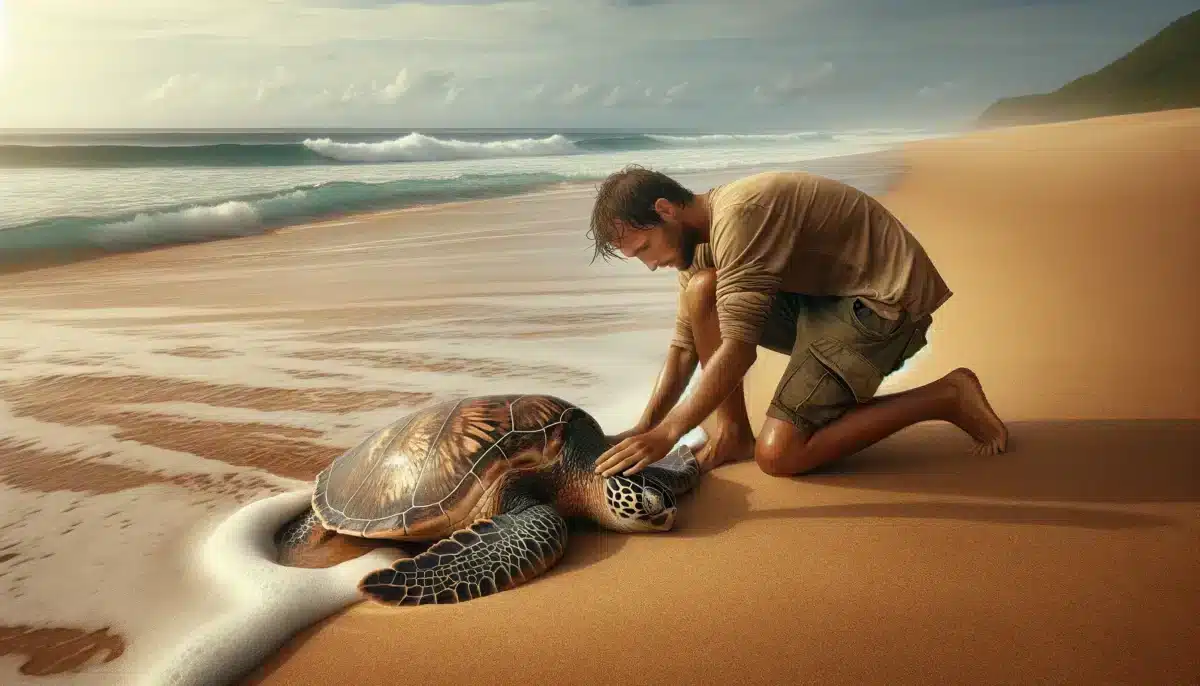Sea turtles, those ancient mariners of the ocean, have been navigating the vast blue for millions of years. With their streamlined shells and powerful flippers, they traverse thousands of miles across the world’s oceans, playing critical roles in marine ecosystems. Yet, despite their resilience and strength, they face numerous natural and human-induced challenges.
Beached Turtle is Rescued
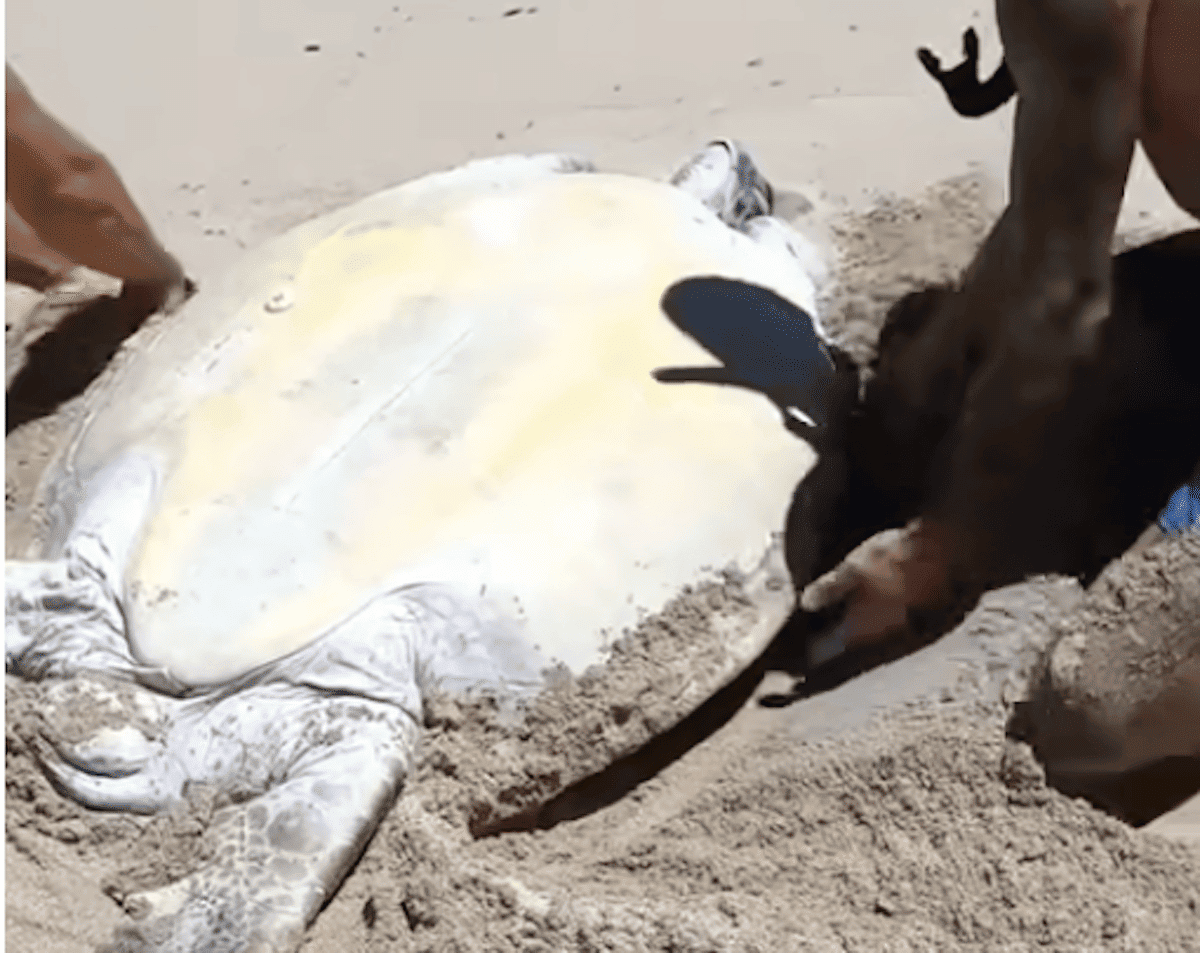
A recent video captures the essence of human kindness towards sea turtles.
It shows a sea turtle that got beached and stuck on its back, unable to return to the ocean.
In a heartwarming turn of events, a man came to its rescue, carefully flipping the turtle over and ensuring it made its way back to the sea.
This act of compassion highlights the connection between humans and nature, reminding us of our responsibility to protect these gentle giants.
Fun Turtle Facts:
The Journey of Sea Turtles
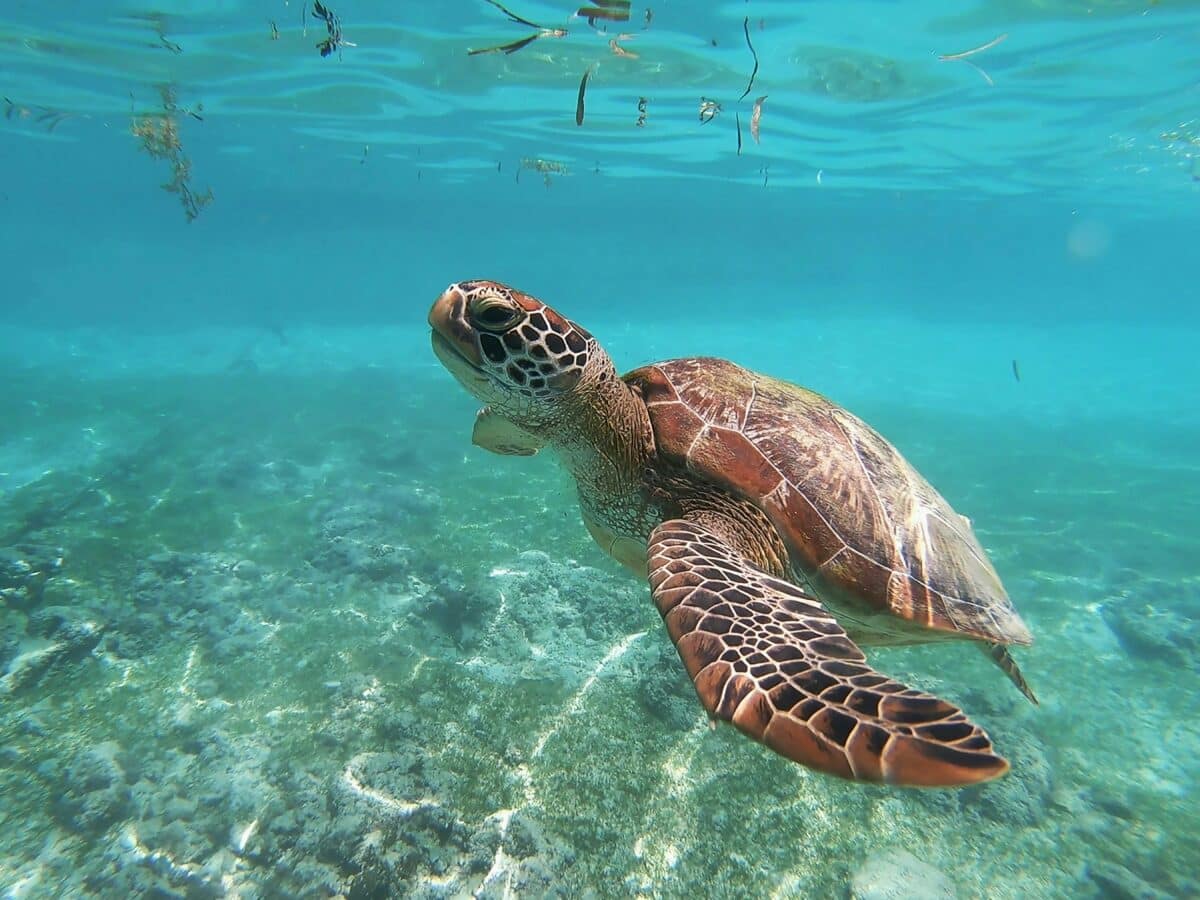
Sea turtles embark on incredible journeys throughout their lives.
From the moment they hatch on sandy beaches, they head to the ocean, drawn by the moon’s reflection on the water.
These creatures spend most of their lives in the sea, with females returning to land only to lay eggs.
Their migration is one of nature’s most fascinating spectacles, showcasing their extraordinary navigation skills.
The Habitat of Sea Turtles
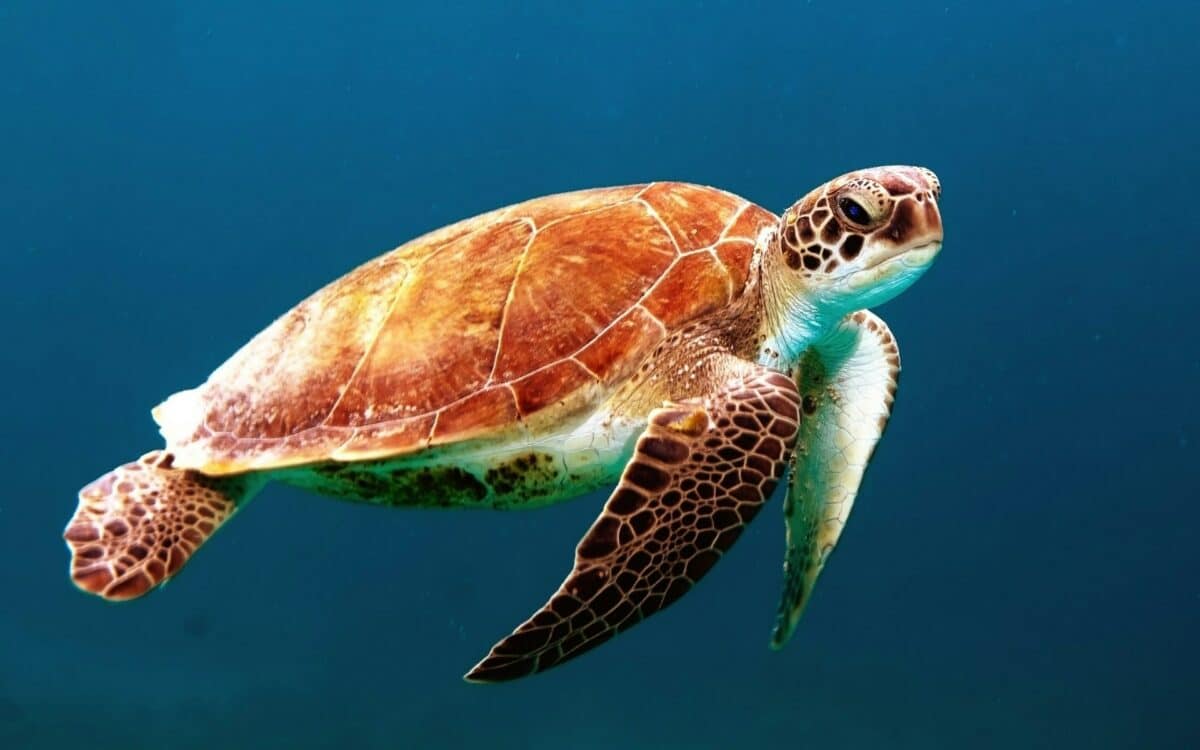
Sea turtles are found in almost every ocean basin throughout the world, from the cold waters of the North Atlantic to the warm, tropical seas of the Pacific and Indian Oceans.
They prefer shallow coastal areas where they can find food easily but will travel long distances for breeding and feeding.
The Diet of Sea Turtles
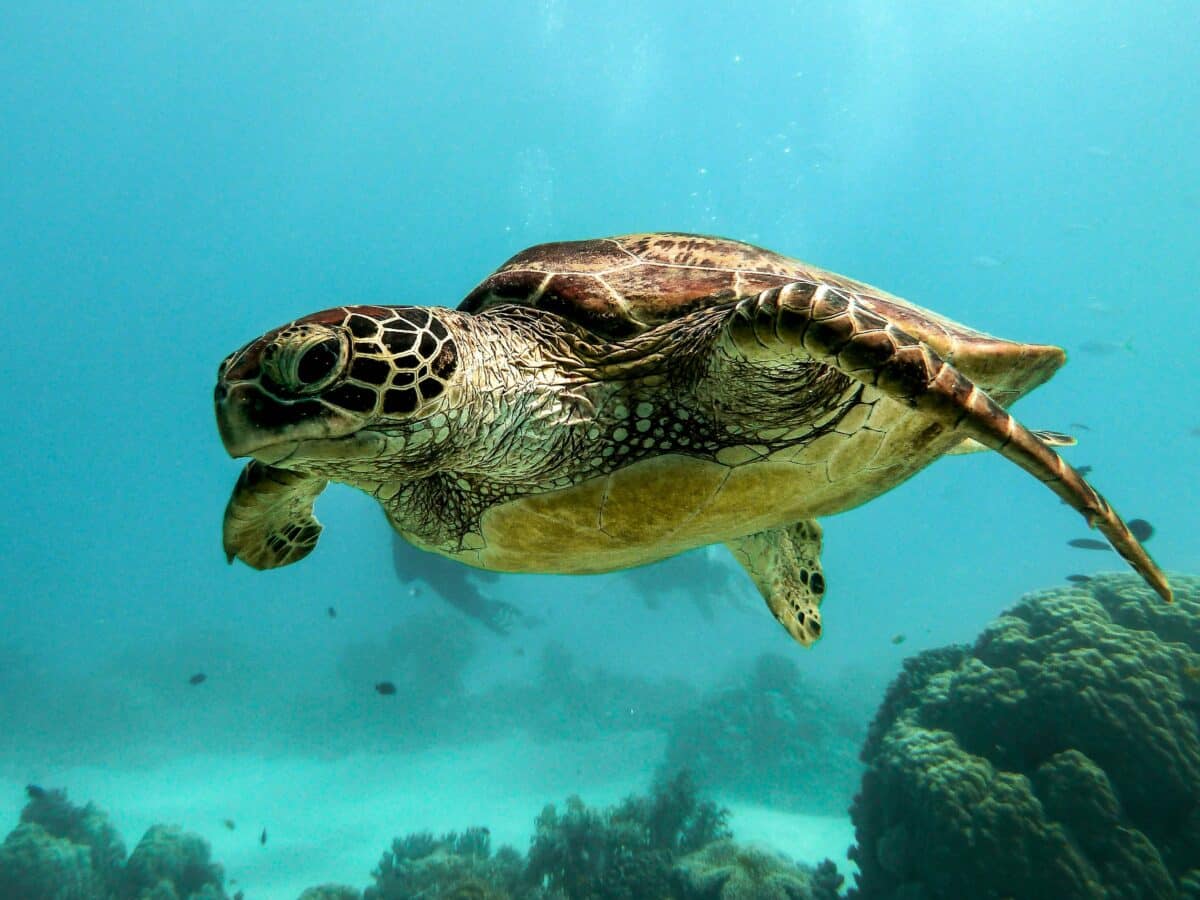
What sea turtles eat depends on their species. Some, like the Green Turtle, are mostly herbivorous, feasting on sea grasses and algae.
Others, such as the Hawksbill Turtle, are more omnivorous, eating a variety of marine life including jellyfish, crustaceans, and small fish.
Their diet plays a crucial role in maintaining the health of coral reefs and seagrass beds.
Threats to Sea Turtles
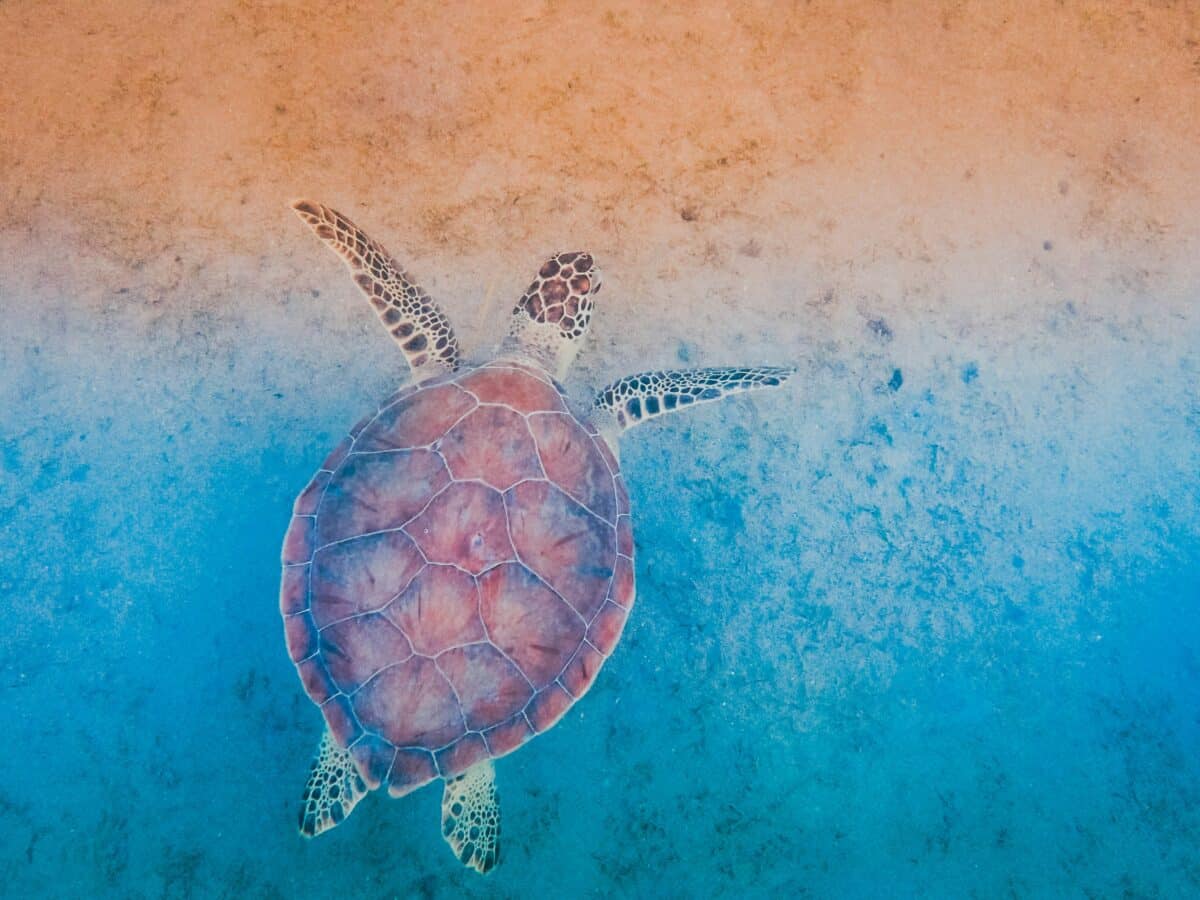
Sadly, sea turtles face many threats. Pollution, loss of nesting beaches, accidental capture in fishing gear, and climate change are just a few of the dangers they encounter.
These threats have led to a decline in sea turtle populations around the world, making conservation efforts more important than ever.
Conservation Efforts
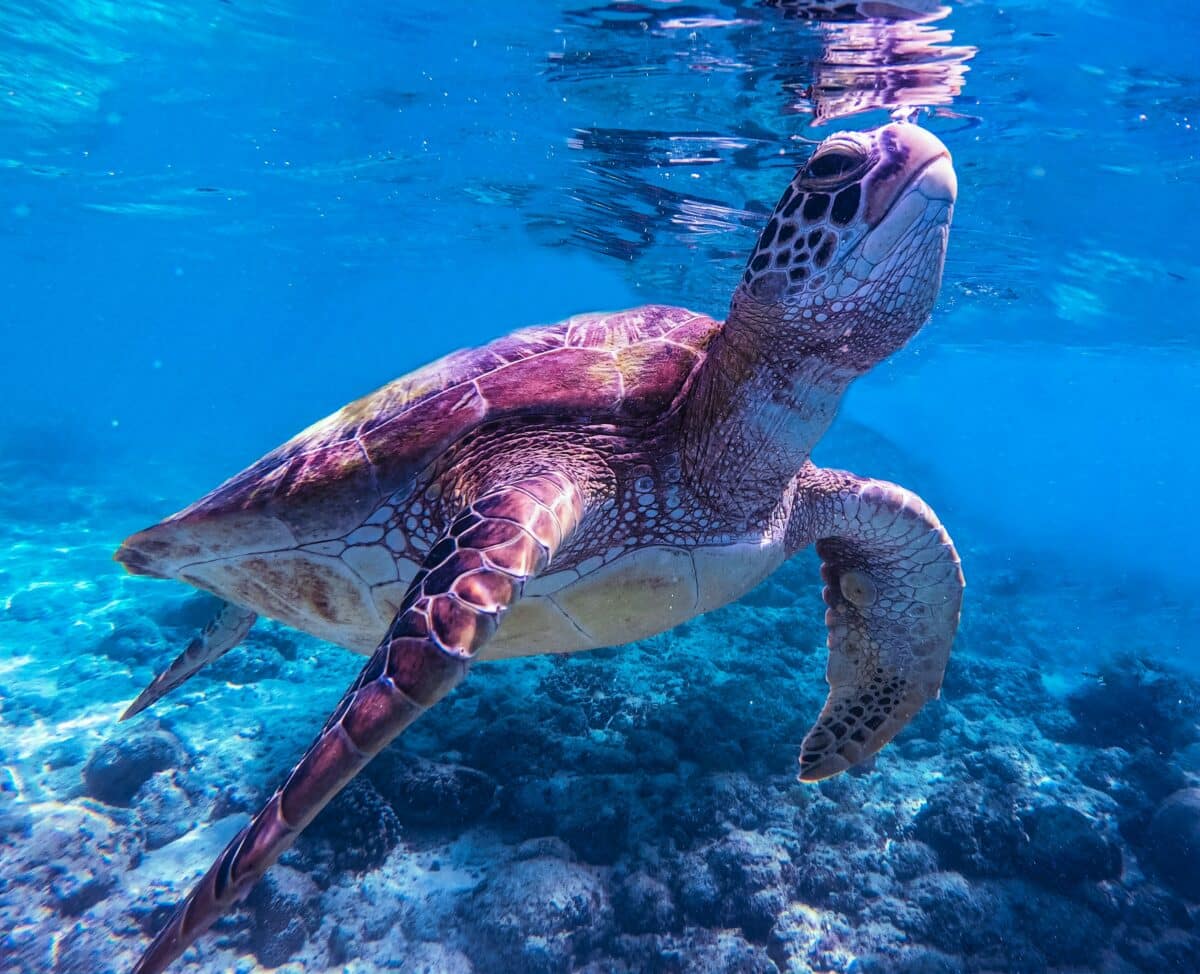
Conservationists are working hard to protect sea turtles.
They monitor beaches to protect nests, advocate for safer fishing practices to avoid bycatch and rehabilitate injured turtles.
Public education is also key, helping people understand how they can help protect these magnificent creatures.
Conclusion
Sea turtles are remarkable creatures, symbols of resilience and beauty in our oceans.
Despite the challenges they face, there are glimmers of hope, like the man who saved the beached turtle, that show we can make a difference.
By supporting conservation efforts and being mindful of our impact on the ocean, we can help ensure that sea turtles continue to grace our waters for generations to come.
To Read more stories like this, check out the articles below:
- The Majestic Green Sea Turtle
- Seeing Turtle City in a Transparent Kayak
- Unveiling A Prehistoric Marine Turtle The Size Of A Car
Join our Forum for free today!

- Brown Bear Approaches And Wiggles His Foot - July 22, 2024
- Mountain Biker Has An Extremely Close-up Encounter With a Wild Giraffe - July 22, 2024
- Eagle Flies Into a Moving Car - July 21, 2024

